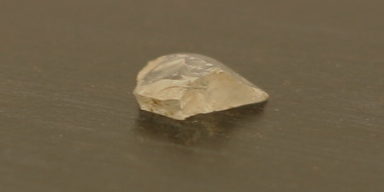Colorless glass was difficult to produce because it required the use of impurity free materials. England starting making colorless glass in the 18th century through the use of pure quartz rock (also known as calcined flint). However, through improved methods during the 19th century, colorless glass was made more successfully and at a cheaper price. It is challenging to precisely date glass, but there are diagnostic tests that archeologists can perform to determine if the glass piece was machine made or mouth-blown, which can help to provide an approximate year.

Share this post

